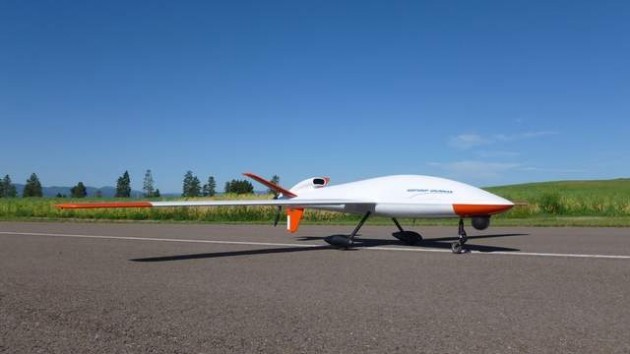Northrop Builds Rental Drones For Air Force, Customs Training
http://breakingdefense.com/2013/08/13/northrop-builds-rental-drones-for-air-force-customs-training/

Northrop Builds Rental Drones For Air Force, Customs Training
By Richard Whittle on August 13, 2013 at 4:45 PM
AUVSI: Northrop Grumman is pitching a new method of drone pilot training to the Air Force and U.S. Customs and Border Protection based on a business model likely to gain in popularity as the drone revolution expands into civilian airspace: “fee for service.”
Rather than training pilots on valuable MQ-1 Predators and MQ-9 Reapers or in costly computerized simulators, Northrop is urging the Air Force and CPB to give remotely piloted aircraft (RPA) pilots basic flying time on a small drone the company has developed called SandShark. They would pay by the hour for using the little planes, Karl Purdy, director of new UAS (Unmanned Aircraft Systems) programs for Northrop, told reporters here.
A “conservative” estimate is that switching to a fee for service training scheme could save the government $70 million a year in aircraft costs, simulator costs and damage or losses from pilot errors, Purdy said at the annual Association of Unmanned Vehicle Systems International trade show in Washington. Pilots wouldn’t even have to go to the private airfields in Montana, Arizona or Oklahoma where the company has permission from the Federal Aviation Administration to fly the SandShark, he said. Operators can control them over any 4G cellphone network or the Internet.
“RPAs are 30 to 300 times more likely to crash than other small planes,” Purdy noted, citing published statistics. “The overwhelming majority – greater than 80 percent – are due to human error.” The overwhelming majority of accidents also occur on landing, when a UAS pilot has to look out a nose camera or the camera in a sensor ball to see the ground.
